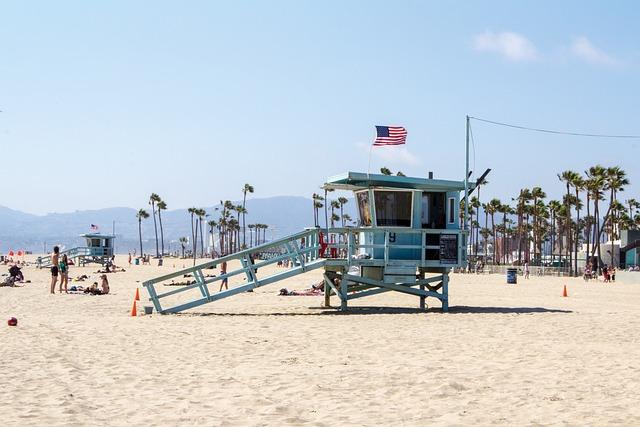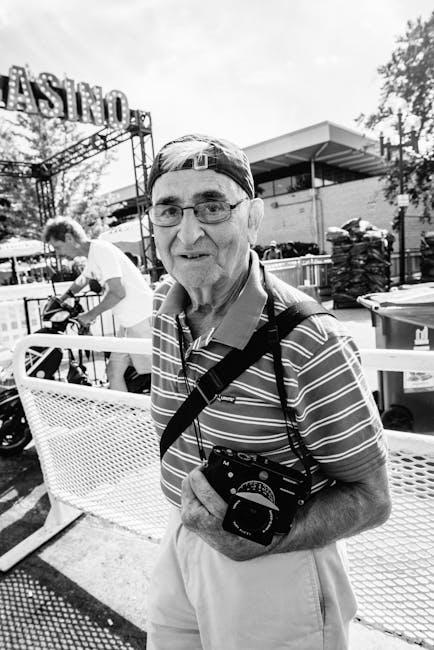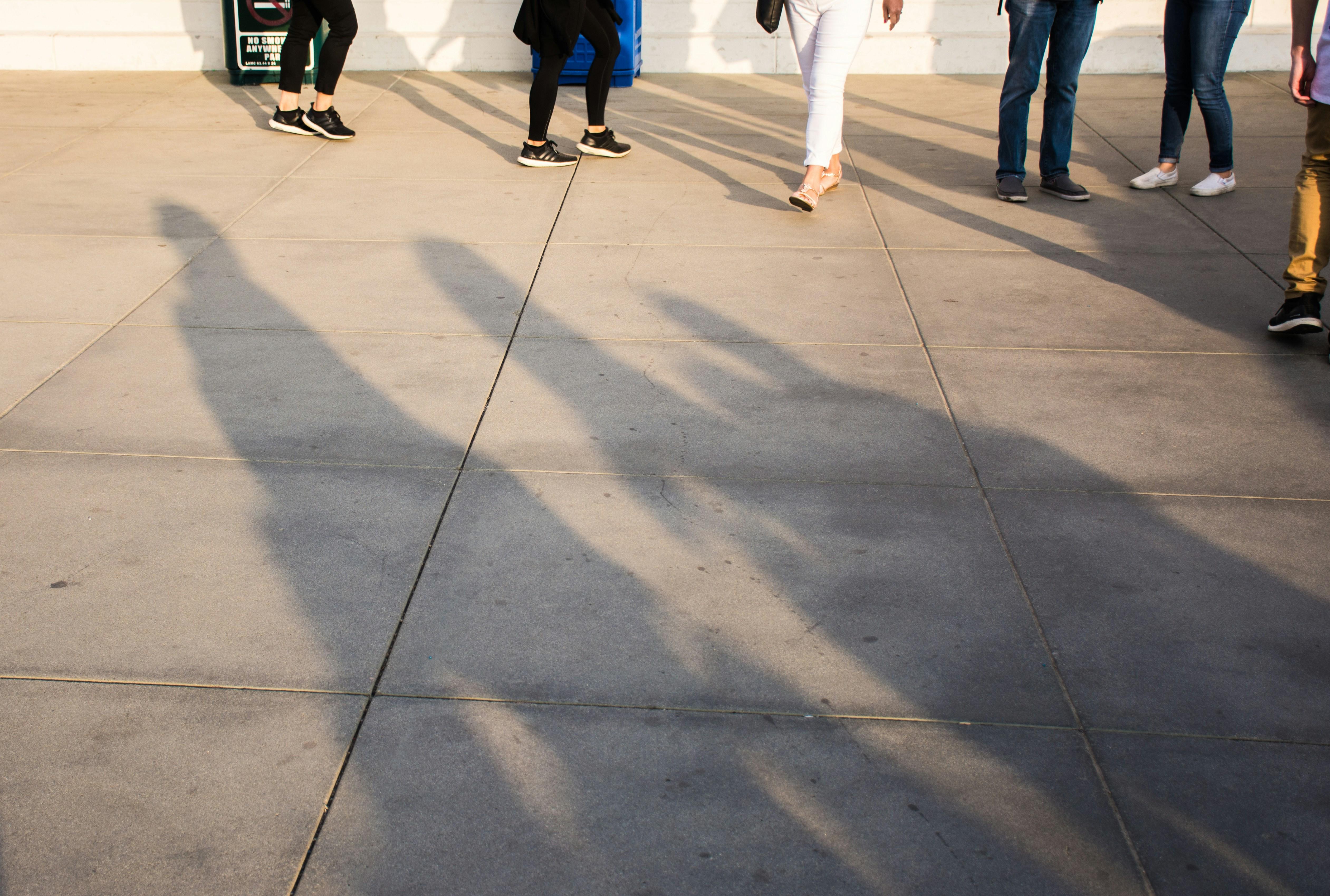Los Angeles, a city teeming with dreams and drenched in golden sunlight, has long captivated storytellers and visionaries. In “La La Land,” director Damien Chazelle transforms this sprawling metropolis into a vibrant character of its own, using cinematography to weave a spellbinding narrative that captures the essence of the city. Through sweeping camera movements, enchanting color palettes, and meticulously crafted scenes, the film paints a portrait of Los Angeles that is both nostalgic and contemporary. This article delves into how “La La Land” employs its visual artistry to encapsulate the magic and allure of the City of Angels, inviting viewers to dance along its storied streets and beneath its starlit skies.
Crafting the Dreamscape: Cinematic Techniques in La La Land
The film’s visual journey transforms Los Angeles into an ethereal playground, using a rich tapestry of cinematic techniques to evoke both nostalgia and modernity. Color palettes play a pivotal role, with vibrant hues reminiscent of classic musicals. Each scene is meticulously crafted to reflect the emotional undertones, shifting from the golden warmth of the sunrise to the cool blues of twilight, mirroring the characters’ evolving dreams and realities.
Camera movements further enhance this dreamscape. The opening sequence, with its continuous, fluid takes, immerses the audience in the bustling energy of the city. Long takes and sweeping dolly shots capture the essence of Los Angeles, while subtle lens flares and soft focus techniques add a layer of magic and whimsy. Together, these elements create a tapestry that feels both intimate and expansive, drawing viewers into a world where dreams are not just envisioned but lived.

Color and Light: Painting Los Angeles with a Vibrant Palette
In “La La Land,” the city of Los Angeles is not just a backdrop but a living, breathing character painted with a vibrant palette of colors and lights. The film’s cinematography transforms the cityscape into a kaleidoscope of hues, reflecting the dreamlike quality of the narrative. The use of natural light captures the golden glow of the California sun, while the twilight scenes are bathed in deep blues and purples, creating a mesmerizing contrast that highlights the city’s ethereal beauty.
- Dynamic Color Schemes: Each scene is meticulously crafted to evoke emotions through color. The primary color schemes often shift to match the characters’ journeys, using bold reds and yellows during moments of passion and muted tones during introspection.
- Iconic Locations: From the Griffith Observatory to the Watts Towers, the film’s locations are chosen for their ability to capture Los Angeles’s unique essence, each setting enhanced by strategic lighting that elevates the narrative.
- Magic Hour: The use of the “magic hour,” that brief window of perfect natural light, adds an enchanting glow to the city, emphasizing the fantastical elements of the story.

Dance and Movement: Capturing Emotion Through Camera Dynamics
In La La Land, the art of dance is intricately woven with the fluidity of camera work, creating a seamless blend of movement and emotion. Cinematographer Linus Sandgren masterfully uses long takes and sweeping shots to mirror the rhythm of the dancers, allowing the audience to feel as if they are part of the choreography. This technique captures the spontaneity and vibrancy of Los Angeles, where each twirl and leap is mirrored by the camera’s graceful glide.
- Dynamic Tracking Shots: The camera follows the dancers with precision, capturing every nuance of their performance.
- 360-Degree Spins: These spins highlight the dancers’ energy while offering a panoramic view of the cityscape.
- Close-Up Transitions: Intimate close-ups transition seamlessly into wide shots, emphasizing the emotional depth of each scene.
The synergy between dance and cinematography in La La Land transforms each musical number into a visual symphony, encapsulating the city’s spirit and the characters’ dreams. Through this dynamic interplay, the film not only showcases the talent of its performers but also turns Los Angeles into an enchanting stage.

Iconic Locations: Weaving the City’s Essence into the Narrative
The film “La La Land” ingeniously integrates the essence of Los Angeles into its narrative through meticulously chosen locations, each serving as a vibrant backdrop that enhances the storytelling. From the iconic Griffith Observatory to the colorful streets of Angel’s Flight, each setting becomes a character in its own right, weaving a rich tapestry of the city’s spirit. The director’s choice of locations is not merely aesthetic; it’s a deliberate effort to evoke emotions and underscore the journey of the protagonists.
- Griffith Observatory: A symbol of dreams and aspirations, it provides a breathtaking view of the city, mirroring the vast possibilities ahead.
- Angel’s Flight: This historic funicular adds a nostalgic charm, capturing the essence of old Los Angeles amidst a modern tale.
- Watts Towers: These intricate sculptures reflect the artistic ambition and cultural diversity that define the city.
Each location is thoughtfully selected to resonate with the characters’ emotional arcs, using the city’s landscape to amplify the narrative’s magic. By embedding these iconic places into the film, “La La Land” transforms Los Angeles from a mere setting into a living, breathing part of the story.

